'Here & Now' Highlights: Taylor Odle, Joe Green and Chris Lindner, Roger Brandner
Here's what guests on the Sept. 12, 2025 episode said about direct admissions to colleges, consolidating rural school districts and shortages of 911 dispatchers.
By Frederica Freyberg | Here & Now
September 15, 2025
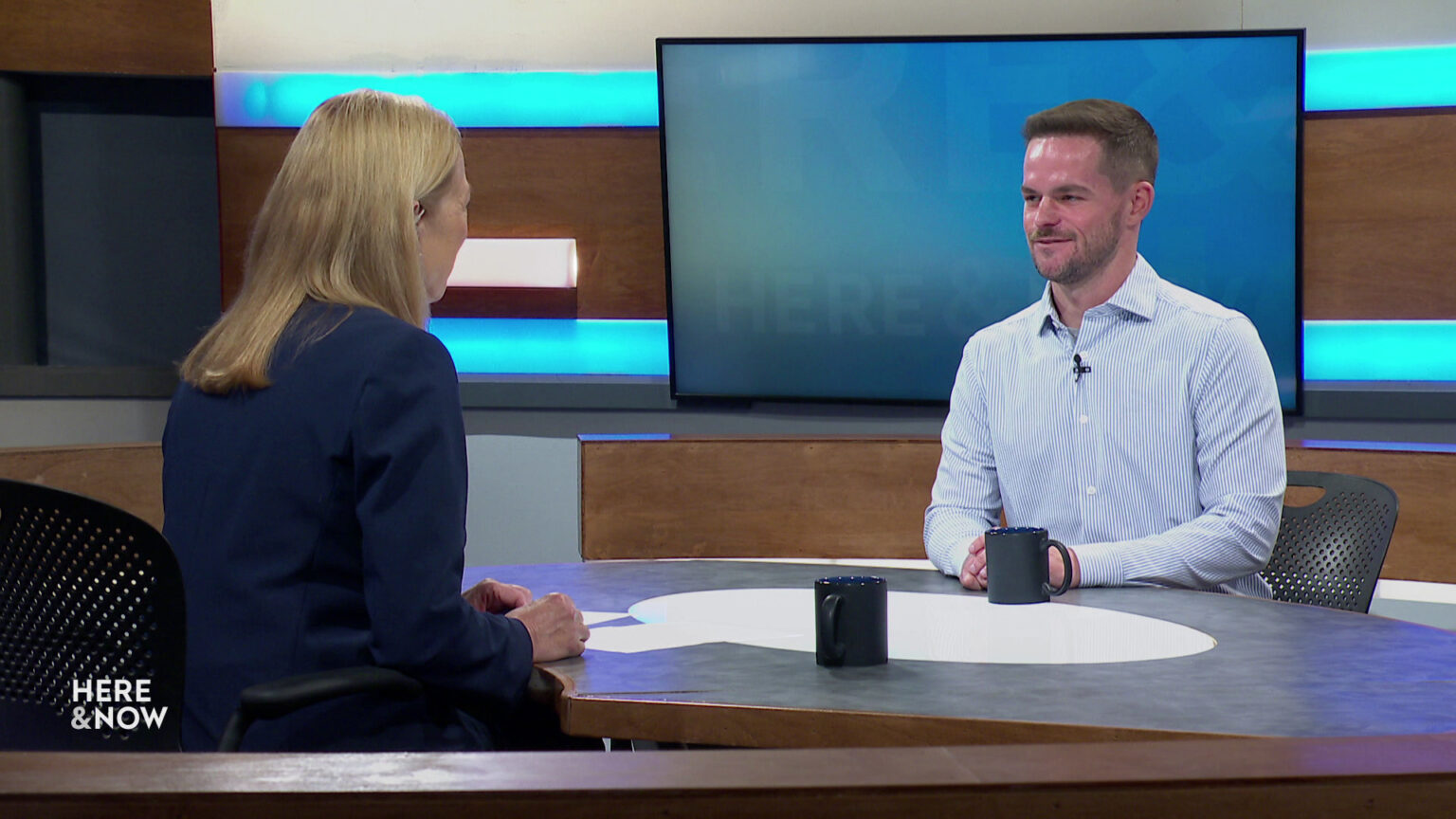
Frederica Freyberg and Taylor Odle (Credit: PBS Wisconsin)
The Universities of Wisconsin reports increases in freshman enrollment and credits its Direct Admit program, and UW-Madison education professor Taylor Odle describes how direct admissions works. Consolidating K-12 schools in rural Wisconsin is increasingly under discussion with dwindling enrollment and subsequent drops in state funding aid — Joe Green and Chris Linder, district administrators for the Greenwood and Loyal school systems explain how these communities are embarking on this process. Calls for help from first responders don’t stop, but there are fewer 911 dispatchers to carry the load — Columbia County Sheriff Roger Brander described the implications of being short-staffed in emergency communications centers.
Taylor Odle
Professor, UW-Madison School of Education
- The Universities of Wisconsin has been grappling with enrollment declines to such an extent that its administration closed six branch campuses over the past three years. But as fall 2025 semester begins, the UW reports that new student enrollment is up by about 3%, with some campuses seeing increases of new freshman at 5% or more. UW President Jay Rothman credits the new Direct Admit Wisconsin program that allows qualified high school juniors from around the state to be automatically admitted based on grades and coursework. While UW-Madison, UW-Eau Claire and UW-La Crosse do not participate in the program, UW-Madison offers the Wisconsin Guarantee, which opens admission to in-state applicants ranking in the top 5% of their class. Odle researches and implements direct admissions across the country, and described why the direct admission programs work to grow enrollment.
- Odle: “They work because we make it easier for people to take us up on our offers of admission. The pathway to getting into college — and this doesn’t have anything to do with eliminating or reducing standards of admission — it has to do with simplifying the pathway. We know that students and families have to navigate a lot of complex red tape — applying, sending transcripts, taking tests, getting letters of rec, et cetera, et cetera. And so if we implement programs like direct admissions that cut their way through that red tape and say, ‘Hey we know that you’re admissible, tell us when you want to come to campus because we want you to be here,’ surprisingly more people show up on campus when we make it easier for them to do so.”
Joe Green and Chris Lindner
District administrators, School District of Greenwood and School District of Loyal
- Population and birth rate declines in Wisconsin are leaving many schools facing sharp declines in enrollment, particularly in rural areas. These changes mean sharp reductions in tax-funded state aid, which is based on the number of students in a district. It’s costly to maintain teachers, services and academic enrichment for fewer and fewer students, which is why consolidation of school districts is increasingly under discussion. Two districts in the small Clark County communities of Greenwood and Loyal are embarking on the long process of combining their operations. Green and Lindner say the communities have been talking about the idea since 1960, and now seems the time to take the steps to finally consolidate.
- Lindner: “I believe community members, families are ready to make that move. I know there’s questions out there. We have done a number of things in the last two or three years to help alleviate some of the pain with co-opping a number of sports — marching band is co-opt. We share some students back and forth for classes, some of your higher end classes that may not run because, or you run with three or four kids. Now you can add some more kids to make it a little more efficient for that teacher. But I really see both communities — which according to the advisory vote that we had last spring — are for it and want to do something moving forward to help alleviate what I’ll say is higher taxes and operating referendums.”
- Green: “When you think about factors of why we look to consolidate, it’s the declining enrollment paired with the increasing difficulty to hire highly qualified staff, which is then also paired with creating more opportunities for our kids and maintaining the opportunities that our kids need to be college and career ready when they leave the district.”
Sheriff Roger Brandner
Columbia County Sheriff’s Office
- Staffing shortages of 911 dispatchers are being felt acutely across Wisconsin in county emergency communications centers. As a result, dispatchers are working long hours and a lot of overtime, leading to burnout and a difficulty to retain them. These issues are present in Columbia County, where Brandner said his office has been short four to five dispatchers for more than a year-and-a-half.
- Brandner: “Most dispatchers around the area are going to be making around $25, $26 an hour, which is not a bad-paying job, but you’re working nights, weekends, holidays. It’s not Monday through Friday shift work. These are long hours — very stressful. You know, if you can just imagine, taking that call from that mom whose young child is not breathing or from a car accident or a domestic sexual assault. There’s a lot of stressful calls and these dispatchers are the ones that answer that call to get the first responders to that scene.”
Watch new episodes of Here & Now at 7:30 p.m. on Fridays.
 Passport
Passport
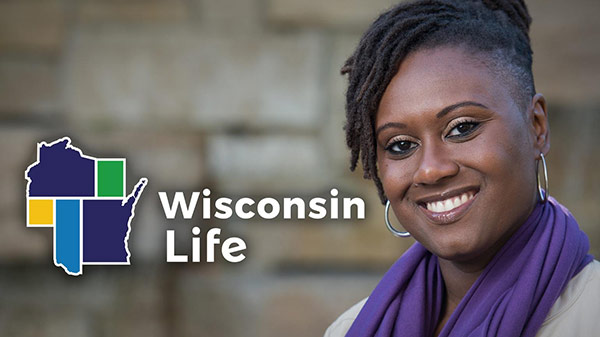





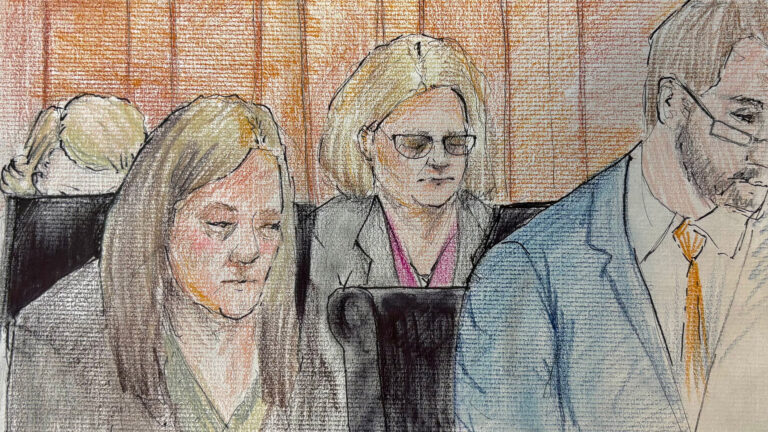
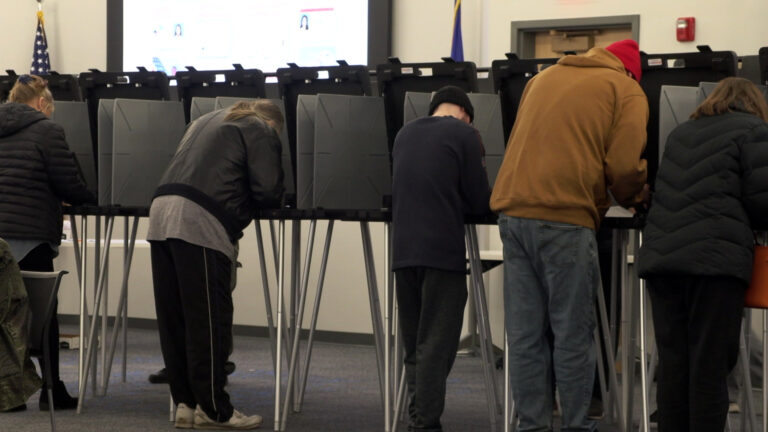
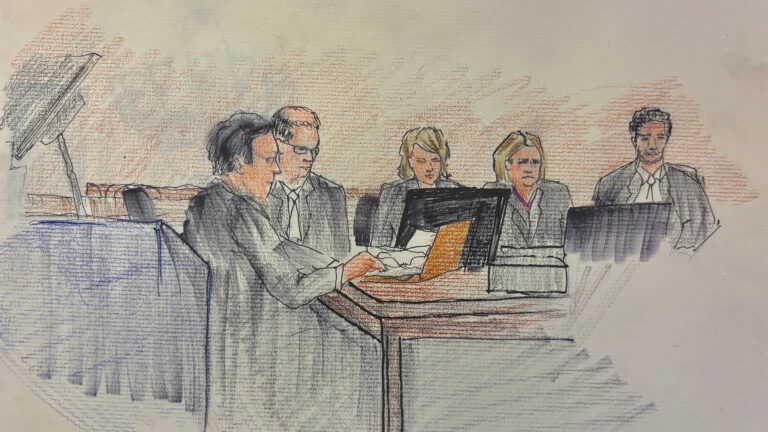


Follow Us